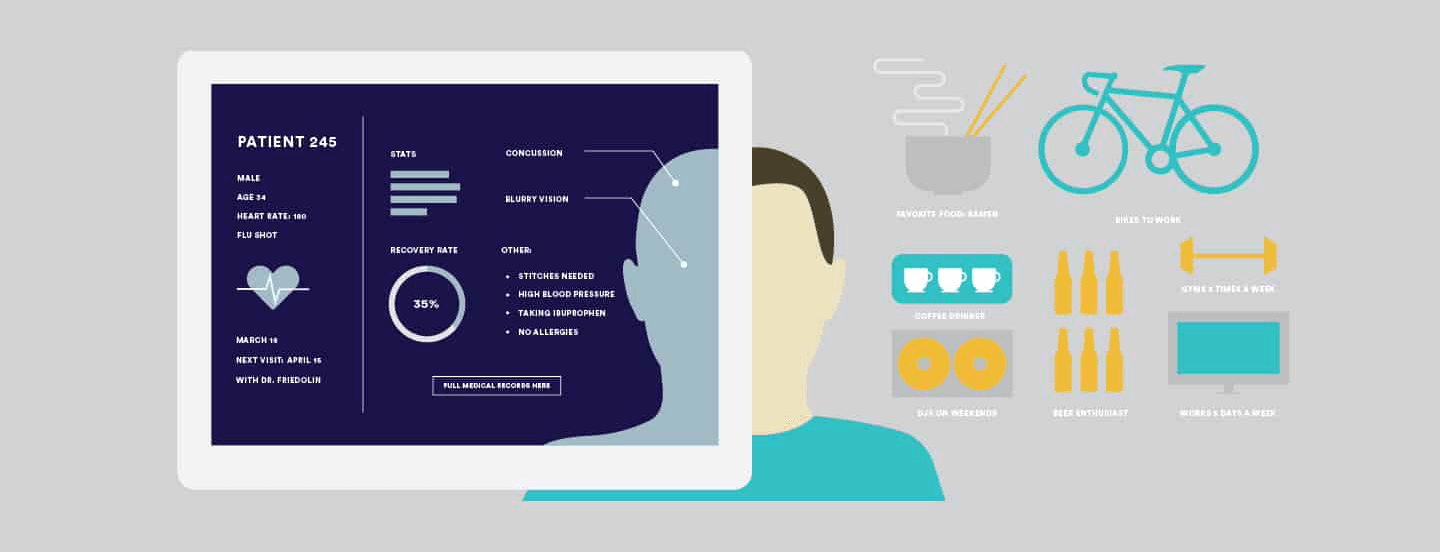
Patient-Centricity: Missing the Forest for the Trees
It is no secret that the healthcare industry is ripe for disruption. According to the Centers for Medicare and Medicaid Services, healthcare costs have grown to unsustainable levels over the past half century. Healthcare expenditures that once accounted for 5 percent of US Gross Domestic Product, have now increased to nearly 20 percent, costing $10k per American annually. These costs have exploded with no meaningful increase in outcomes. In fact, many countries spend just a fraction of what the US does while boasting higher life expectancy. All the while, Americans are increasingly discontent with their healthcare. According to Satmetrix, the health insurance industry has a Net Promoter Score of 18–just barely inching above those of notoriously hated cable providers. And in recent years, public scrutiny of pharmaceutical companies has grown to an all-time high.
Today, the healthcare system is fragmented, pricing transparency is still just wishful thinking and engaging with an insurance company, a hospital system or a physician’s practice can feel like a visit to the Department of Motor Vehicles. Focusing on the patient, or being ‘patient-centric,’ is critical to solving many of these challenges, but is woefully insufficient as the winning strategy.
The Prevention Paradox
By definition, patient-centricity focuses on improving the experience of individuals only while they engage with the healthcare system (e.g., when ill, or in need of immediate care). However, when a person is healthy or when they conduct their lives as usual, they are no longer considered a patient and are largely ignored. So while innovations in patient-centricity will enhance the experience of those while they engage in the healthcare system, these innovations will fail to address everyone else at all other points in their lives.
Because people are patients only when they need care, a patient-centric paradigm perpetuates an emphasis on treatment. The vast majority of care today still focuses on the treatment of acute or chronic illness, and not on prevention. According to the Centers for Disease Control and Prevention, 75 percent of our healthcare expenditures are consumed treating people with chronic conditions, leading to disability, poor quality of life and deaths that very well could have been prevented. Yet, the healthcare industries’ focus on prevention-related initiatives (e.g., screenings, physical activity, nutrition and diet, tobacco cessation, alcohol abuse, etc.) is insignificant at best.
Make no mistake, prevention is not an easy task. It requires deep behavioral change before a person becomes ill. It’s not enough just to tell someone to exercise or to eat right; behavioral change requires a holistic understanding of people inside and outside of the healthcare system. It requires deep contextual knowledge of the person before they even become a patient, including a deep understanding of their lives, their motivations, desires, goals, resources and challenges. These are things patient-centricity fails to offer–and why disruptors are ready.
The Threat Of Disruptors
For years now, companies like Google, Apple and Amazon have made investments in understanding people as individuals. They have been collecting troves of data to understand where we go, what we buy, what we search for, how we communicate and with who. And this just scratches the surface. Now, we have invited these companies into our homes in the form of devices like Amazon Echo and Google Home, which silently listen to our most intimate conversations. As a result, these industry outsiders have amassed an incredibly sophisticated understanding of who we are.
And all have demonstrated interest for entering the healthcare sector. Take Google’s Calico, a life sciences company pioneering anti-aging technology, or Verily, Google’s health data platform. Amazon recently announced a partnership with J.P. Morgan and Berkshire Hathaway to manage the healthcare of their employees, sending a shockwave to insurance companies whose stock plummeted upon this announcement. Amazon is also rumored to have interests spanning from pharma distribution to hospital supplies. Apple has released HealthKit-enabled apps and medical devices. And they also launched the Apple Heart Study, a first-of-its-kind research study using Apple Watch’s heart rate sensor to collect data and notify users of irregular heart rhythms. These examples are just the tip of the iceberg.
These companies’ forays into healthcare–armed with an unparalleled understanding of people–suggest an unprecedented ability to disrupt the industry. Data-rich companies in the consumer space have a much wider lens, allowing them to tackle a person’s health needs in the context of their daily lives inside and outside of healthcare environments. This should be a wakeup call to all legacy healthcare players to look beyond myopic patient-centricity; to see the forest for the trees, and the person behind each patient.

Viral is Vice President and Head of Strategy at frog San Francisco. Viral focuses on helping clients define and achieve their business objectives while pioneering innovative products and services for their customers. In today’s world, where consumers are more discerning than ever before, Viral believes the future is ripe for those that can create products and services that consumers want—well before they know they even want it.
We respect your privacy
We use Cookies to improve your experience on our website. They help us to improve site performance, present you relevant advertising and enable you to share content in social media. You may accept all Cookies, or choose to manage them individually. You can change your settings at any time by clicking Cookie Settings available in the footer of every page. For more information related to the Cookies, please visit our Cookie Policy.